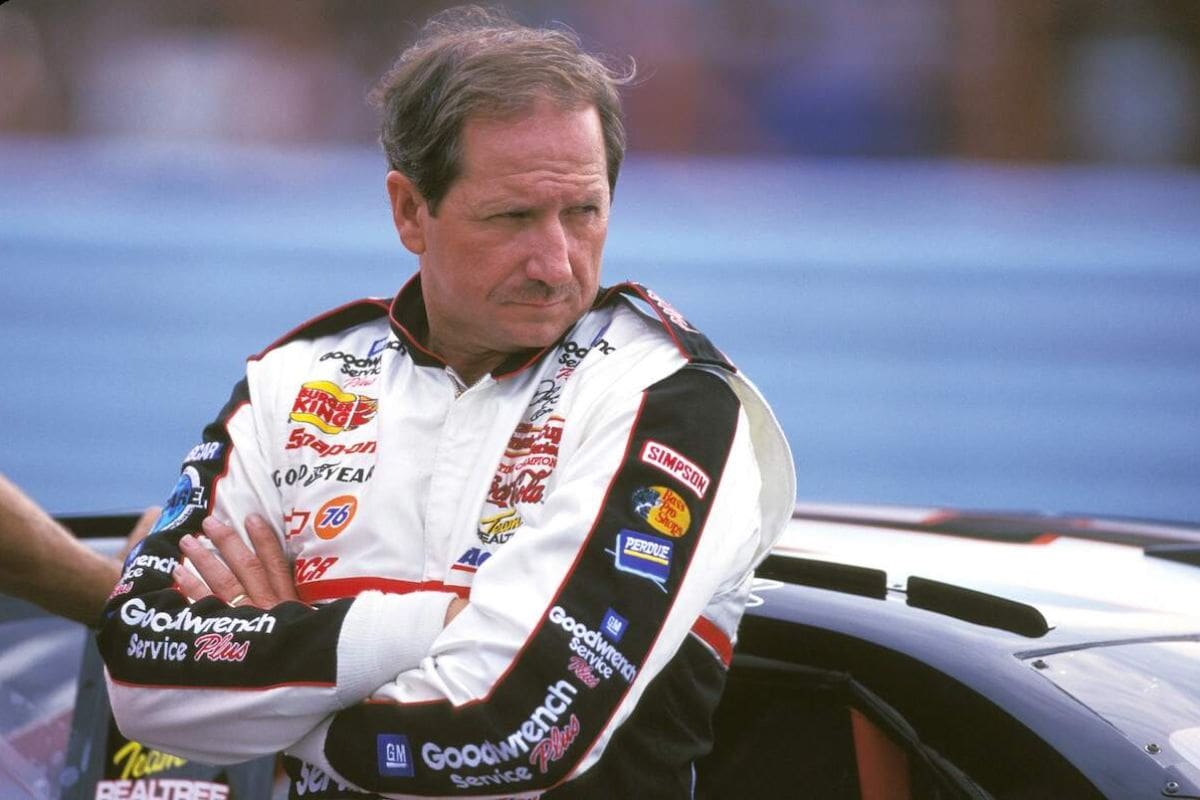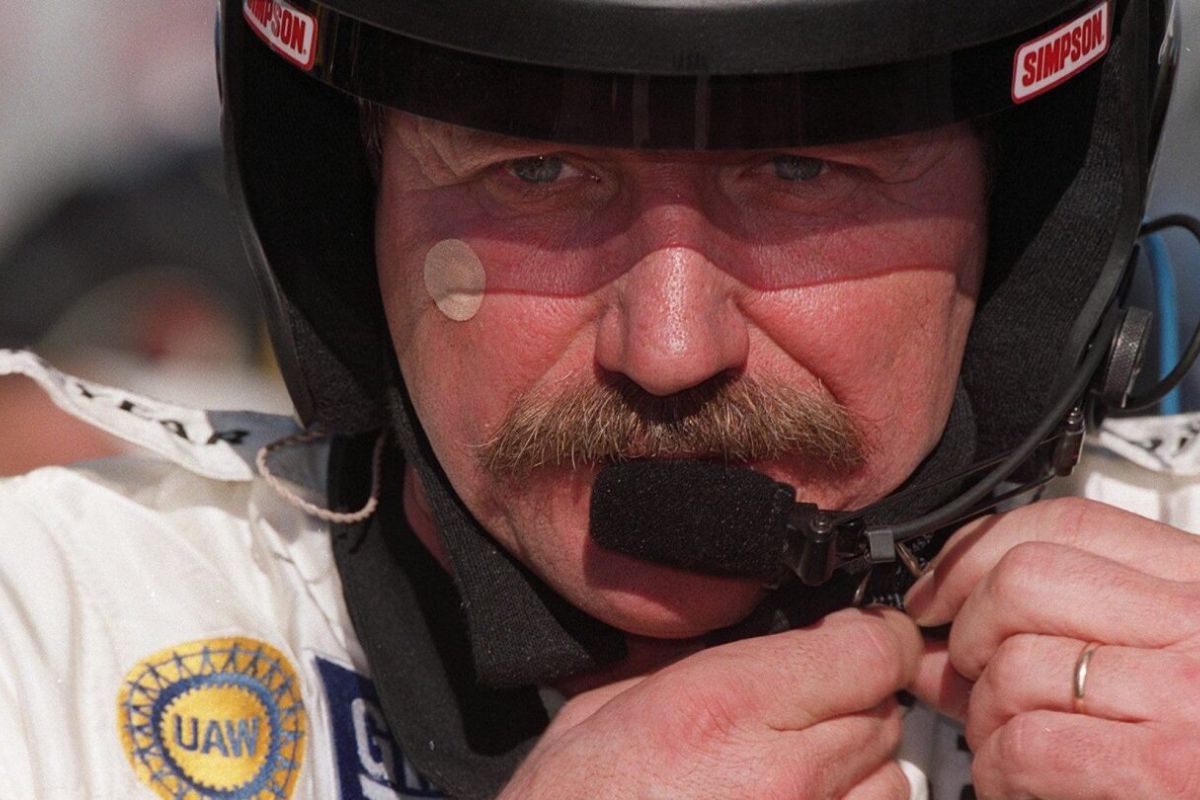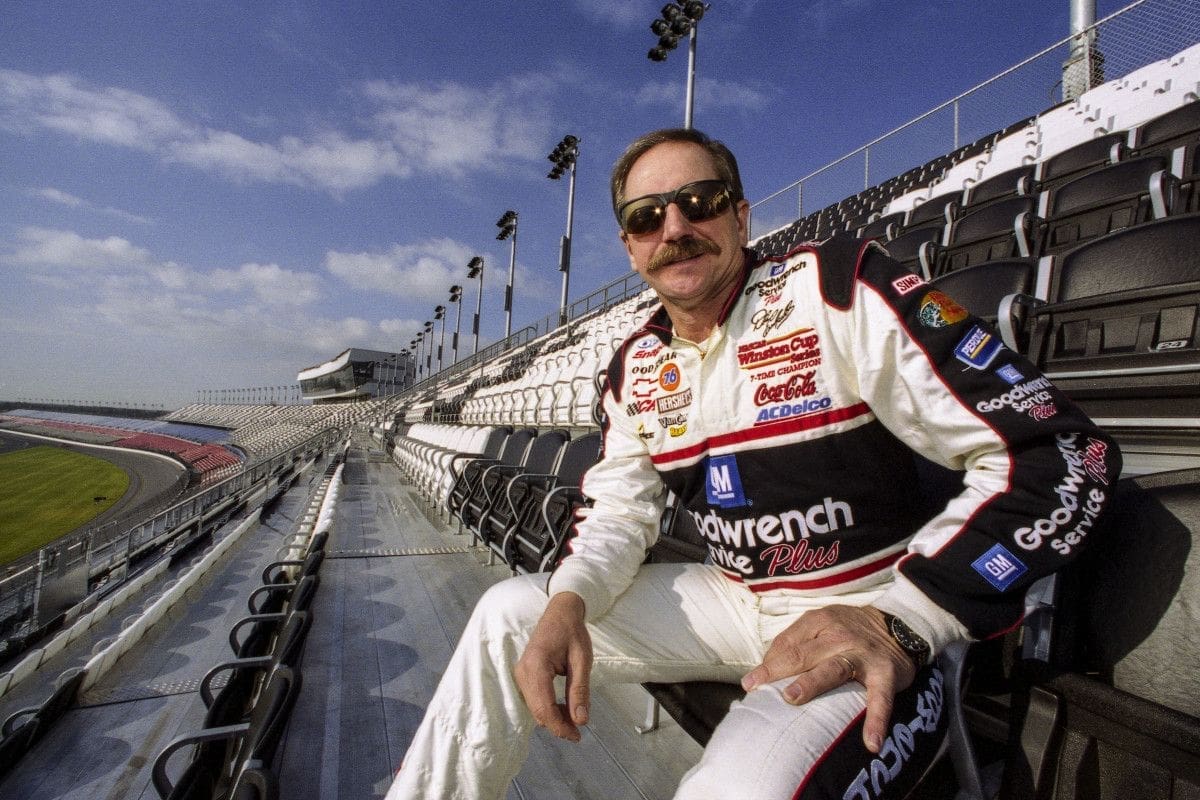Dale Earnhardt’s Bristol Blunder: The 1999 Bristol Night Race stands as a poignant example of how the environment of NASCAR can fracture even the strongest of friendships. Dale Earnhardt‘s aggressive tactic against Terry Labonte not only ended a race but also irreparably altered their relationship, revealing the thin line between competition and friendship. This incident raises critical questions about the ethics of racing and the emotional toll it exacts on drivers. As we investigate the repercussions of this blunder, one must consider the broader implications it had on both their lives and the sport itself.
Key Highlights
- The 1999 Bristol Night Race marked a turning point in Earnhardt and Labonte’s friendship due to an aggressive on-track incident.
- Earnhardt’s reckless driving resulted in Labonte spinning into the wall, igniting animosity between the two drivers.
- The collision put an end to their planned post-season hunting trip, highlighting the strain of competition on personal relationships.
- Labonte’s desire for revenge was thwarted by a mechanical failure, demonstrating the frustration stemming from their conflict.
- Reconciliation efforts were made post-incident, but the lasting effects of rivalry overshadowed their friendship until Earnhardt’s untimely death in 2001.
Background of the Friendship
Dale Earnhardt and Terry Labonte‘s friendship is often characterized by mutual respect and fellowship, forged in the high-octane world of NASCAR racing. Both men emerged as champions in the NASCAR Cup Series, showcasing not just their remarkable driving skills but also a shared passion for the sport that transcended competition.
Their bond began to take shape in the garages and on the tracks of the late 1980s and early 1990s, where companionship was built through shared experiences, mutual admiration, and a deep understanding of the stressors that accompany life in the fast lane.
As their friendship evolved, they became hunting buddies, engaging in outdoor activities that further solidified their connection off the track. This shared interest in hunting demonstrated a layer of their relationship that went beyond racing; it was about trust, friendship, and shared values.
Both men, accustomed to the intense scrutiny of their careers, found comfort and support in each other, developing a unique rapport that few could match in the competitive world of NASCAR.
However, the very nature of their rivalry on the track would eventually lead to considerable tension. The passion that fueled their friendship was also the same force that made them formidable competitors.

The Bristol Night Race Incident
Amid the electrifying atmosphere of the 1999 Bristol Night Race, a vital moment unfolded that would irrevocably alter the course of Dale Earnhardt and Terry Labonte’s friendship.
As the race progressed, tensions mounted not only on the track but also in the hearts of the competitors. The two drivers, who were not only teammates but also close friends, found themselves at the center of a dramatic clash that would resonate beyond the confines of the raceway.
In an intense battle for position, Earnhardt’s aggressive driving style came into sharp focus. As he attempted to navigate the tight corners of the half-mile oval, he collided with Labonte, sending him spinning into the wall.
The incident was not merely a racing mishap; it was indicative of the fierce competitive spirit that characterized Earnhardt’s persona. However, the ramifications were profound, leading to an emotional fallout that neither driver anticipated.
This incident marked a turning point in their relationship, shattering plans for a post-season hunting trip that had represented their friendship.
The implications of the collision extended beyond the checkered flag, manifesting in a growing rift that would alter the path of their friendship forever. The Bristol Night Race became not just a point of dispute on the track but a vivid reminder of how competition can strain even the strongest bonds.
Dale Earnhardt Wrecked His Friendship with Terry Labonte
The fallout from the Bristol Night Race not only altered the competitive landscape but also irreparably damaged the personal bond between Dale Earnhardt and Terry Labonte.
What began as a friendly rivalry spiraled into animosity, ignited by a moment of miscalculation on the track. As Labonte skillfully navigated into the lead with fresh tires, he nudged Earnhardt—a mere tactical gesture transformed into the catalyst for conflict.
In a misguided attempt at retaliation, Earnhardt responded with a nudge that escalated into a spin, sending Labonte’s No. 5 Chevy careening off course. This incident not only secured Earnhardt’s victory but also revealed the darker undercurrents of their relationship.
The cheers that typically accompanied a win were drowned out by boos from the fans, reflecting a broader disapproval of his actions. Earnhardt’s post-race comments, claiming he intended only to “Didn’t really mean to turn him around—meant to rattle his cage, though,” highlighted a troubling disconnect between his intentions and the repercussions of his tactics.
The implications of this race extended far beyond the track, marking a significant moment in both drivers’ careers. The friendship they once shared was replaced by distrust and a sense of betrayal.
Terry Labonte’s Revenge
Fueled by anger and a desire for retribution, Terry Labonte’s thoughts turned to revenge in the aftermath of the Bristol Night Race. The emotional fallout from Dale Earnhardt’s reckless tactic was palpable, and Labonte found himself plotting a calculated response during the cooldown lap. In a moment of heated resolve, he aimed to T-bone Earnhardt’s iconic No. 3 car, a calculated act of defiance that would echo in NASCAR lore.
- Labonte’s strategy unfolded as he prepared to reverse into Earnhardt’s vehicle.
- The adrenaline surged as he engaged the clutch, anticipating the impact.
- But fortune turned against him when mechanical failure halted his vengeful intent.
- With a mere half-inch of movement, his plan dissipated, leaving him deflated.
Despite his intentions, Labonte’s execution fell short. “When I popped the clutch and gave it the gas, it tore reverse gear out of the car. It moved about a half-inch. That let all the wind out of my sail right there, ” he recalled, emphasizing the cruel twist of fate that thwarted his revenge.
The incident symbolized the frustration of a driver betrayed and the complexities of racing relationships, where aggression can quickly spiral into personal vendettas. Labonte’s frustration was a poignant reminder of how swiftly fellowship can be overshadowed by the desire for retribution, setting the stage for the evolving dynamics between him and Earnhardt.
Reconciliation and Lost Opportunities
Reconciliation between Dale Earnhardt and Terry Labonte marked a significant turning point in their tumultuous relationship, showing the complexities inherent in the world of competitive racing. The 1999 season provided a backdrop for healing when, during driver introductions at Darlington, the two icons stood side by side—a powerful visual emblem of their newfound friendship. The critical moment came courtesy of John Andretti, whose light-hearted quip about occupying the wrong space broke the tension and encouraged dialogue.
“I’m standing in the wrong place.” – Andretti
However, despite this reconciliation, the lost opportunities loom large in the narrative of their friendship. The possibility of rekindling their earlier bond through shared experiences, such as hunting trips, dissipated with Earnhardt’s untimely death in 2001. This tragic loss serves as a poignant reminder of how fragile relationships can be, especially within the high-stakes arena of auto racing, where emotions run deep and moments can shift rapidly.
In retrospect, the reconciliation between Earnhardt and Labonte stands as a symbol of the resilience of human relationships in the face of conflict. Yet, it also highlights a profound truth: the opportunity to reclaim lost friendships is often fleeting, leaving behind a legacy of “what could have been.”
News in Brief: Dale Earnhardt’s Bristol Blunder
The incident at the 1999 Bristol Night Race serves as a poignant reminder of the fragile nature of relationships within the high-stakes domain of NASCAR. Earnhardt’s aggressive tactics not only altered the competitive landscape but also irreparably damaged a longstanding friendship with Labonte. The subsequent fallout highlights the ethical dilemmas faced by drivers, where the pursuit of victory can overshadow fellowship, ultimately reshaping personal dynamics in a sport defined by both rivalry and respect.
ALSO READ: Dale Earnhardt Jr. Reflects on Dale Earnhardt Sr.’s Resilience in Hard Times


